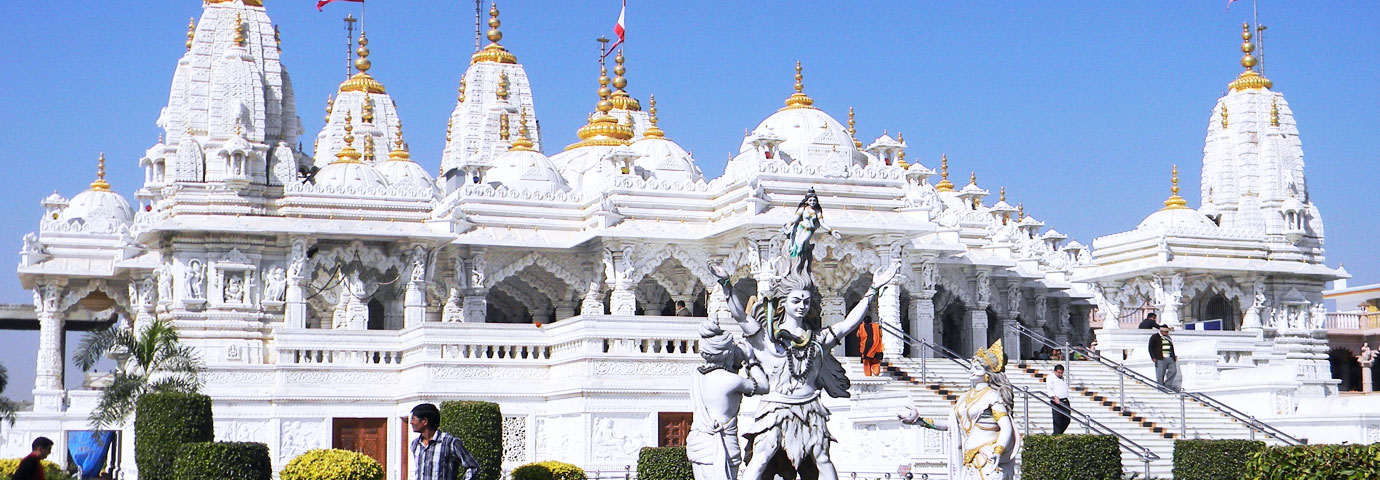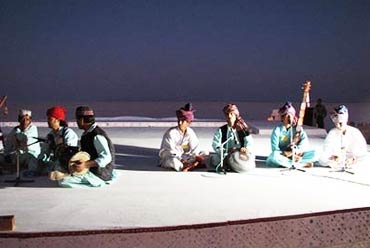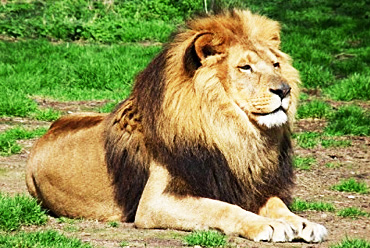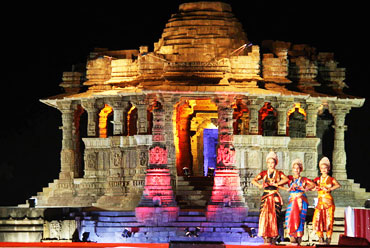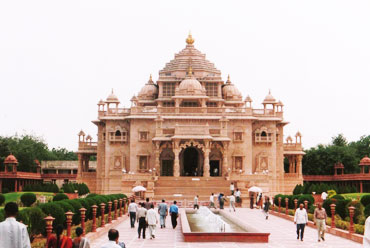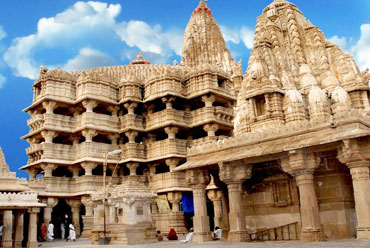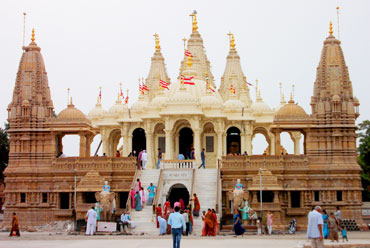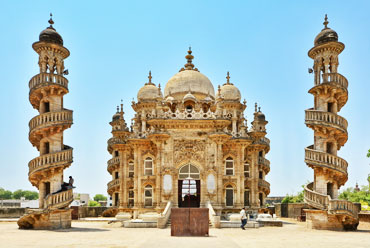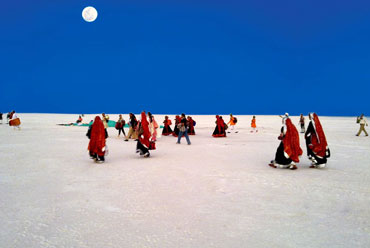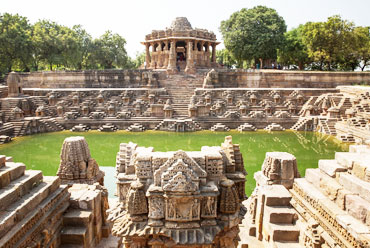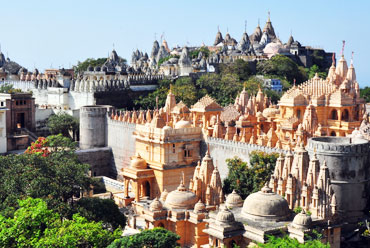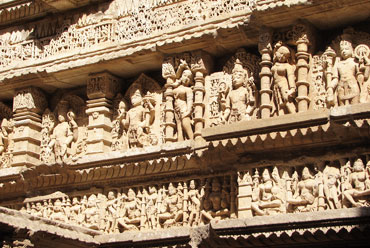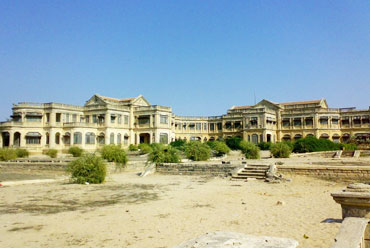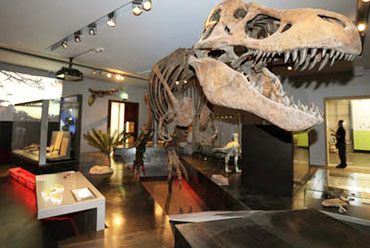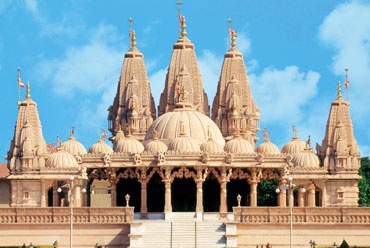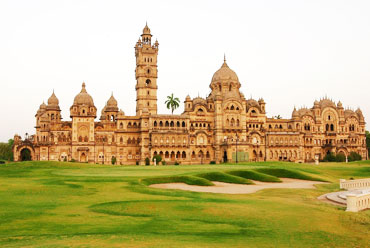Bhuj, the westernmost city of India, is a treasure trove of heritage and culture. Like few other towns, which have escaped the tourist invasion in India, Bhuj offers to the traveler hospitality hitherto unseen in modern times. Bhuj is known for its small, meandering streets, palaces and temples. It also has the oldest museum in the state of Gujarat. It not only has numerous places of interest within the city, but places (especially villages) around it are very famous for their traditional handicrafts and embroidery.
Location
Bhuj is located in the westernmost part of the state of Gujarat, in the western region of India. It is around 300 km from Ahmedabad, the state capital. It is near the Gulf of Kutch, a part of the Arabian Sea. Low hills overlook the city of Bhuj. Though Bhuj is near the coast, yet its climate is hot. It is because of its proximity to the Great Rann of Kutch to its north and the Small Rann to its west, which are vast, sandy, and dry salt flats. Bhuj experiences hot summers (April-June) and mild winters (October-February). It is lashed by southwestern monsoons in the months of June-August.
History
A local ruler Maharao Hamir founded the city of Bhuj in 1510. In 1549 Rao Khengarji I, another local ruler, made Bhuj his capital. It remained an independent princely state during the rule of the British in India and became a part of India, when it gained independence in 1947.

